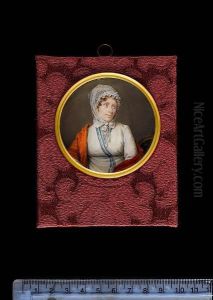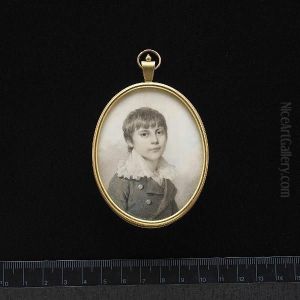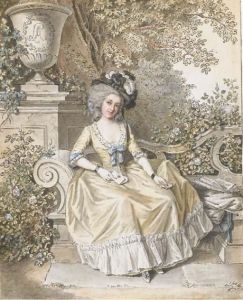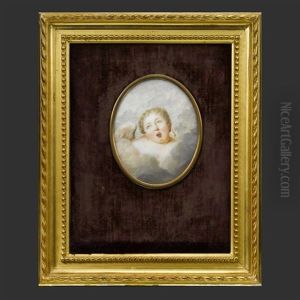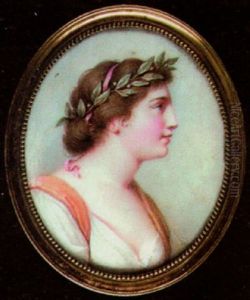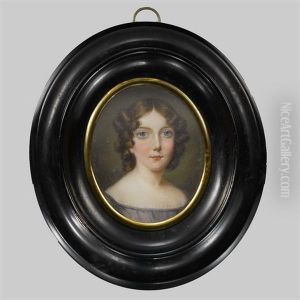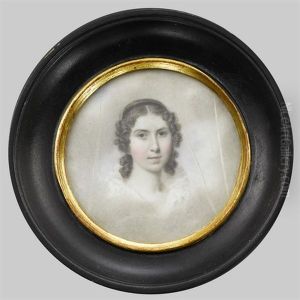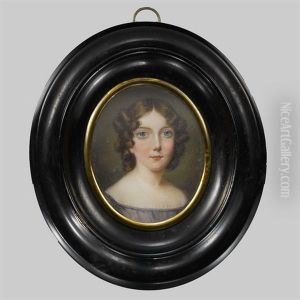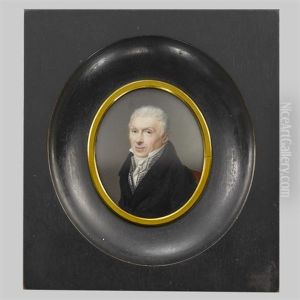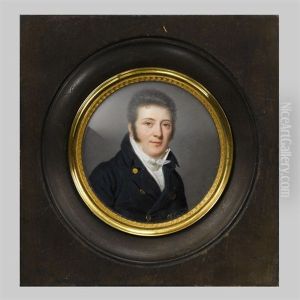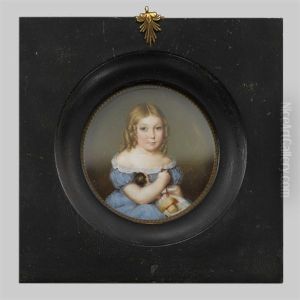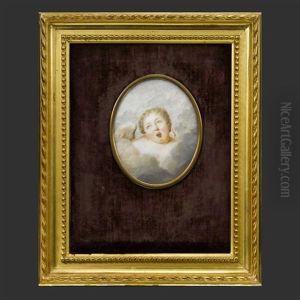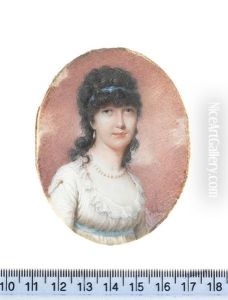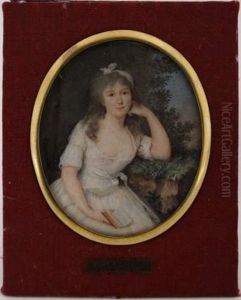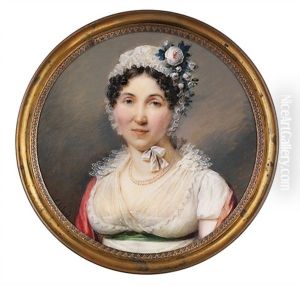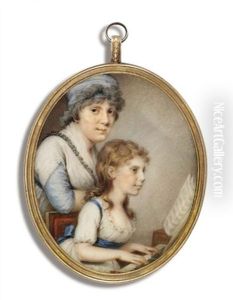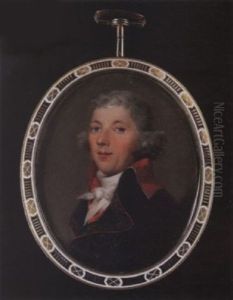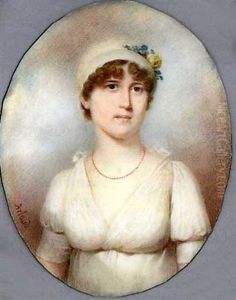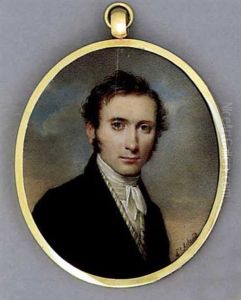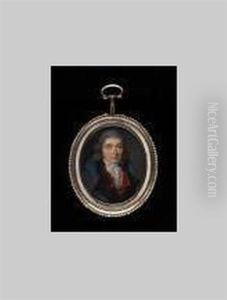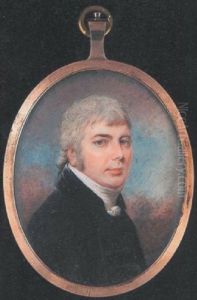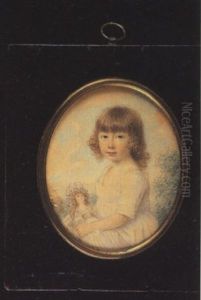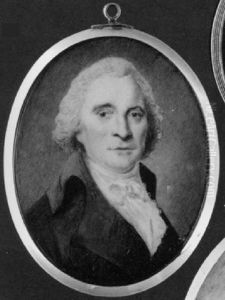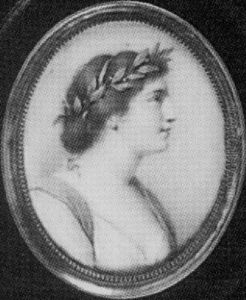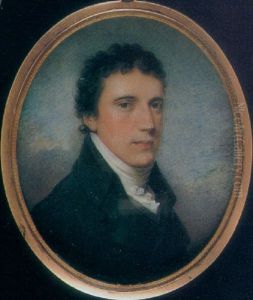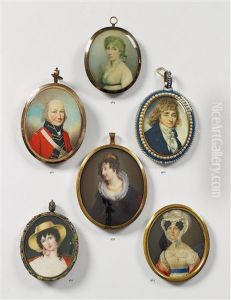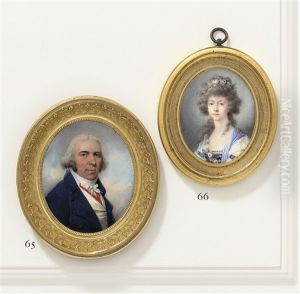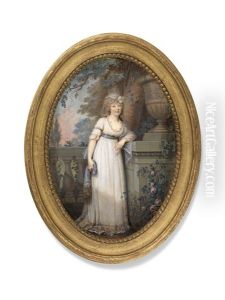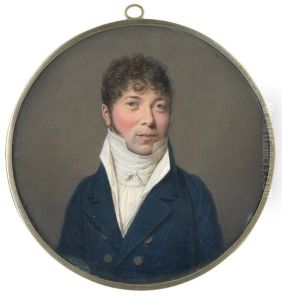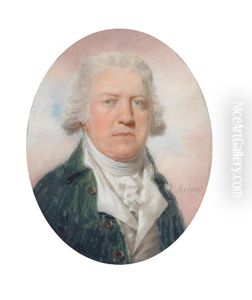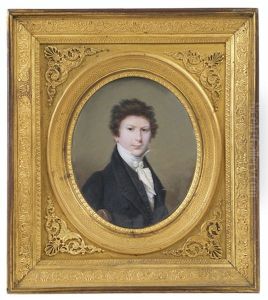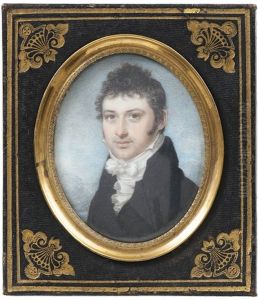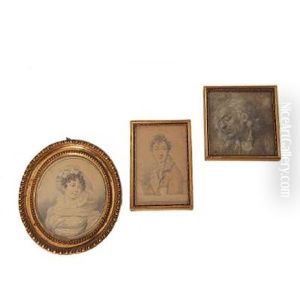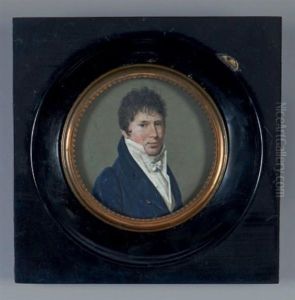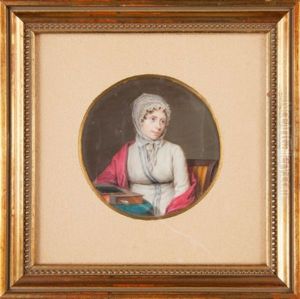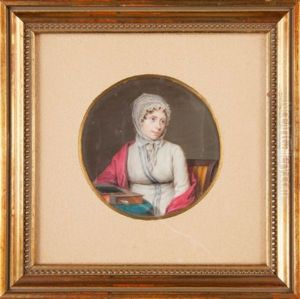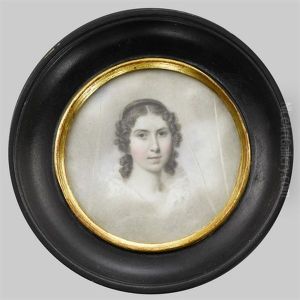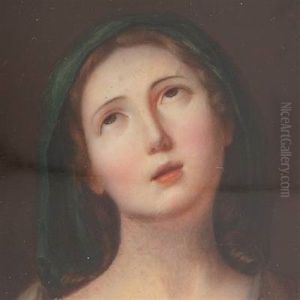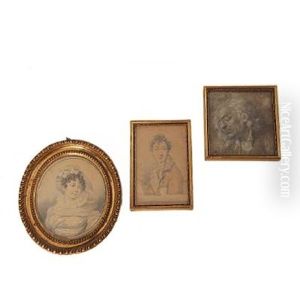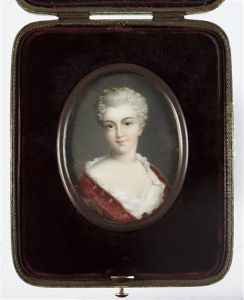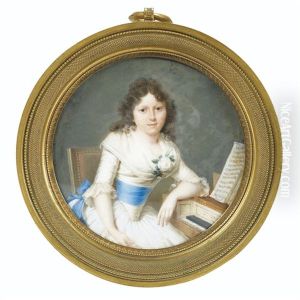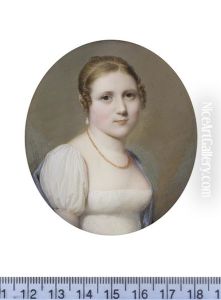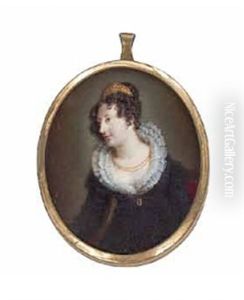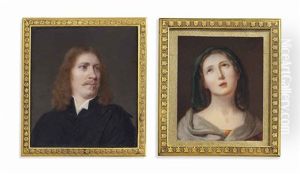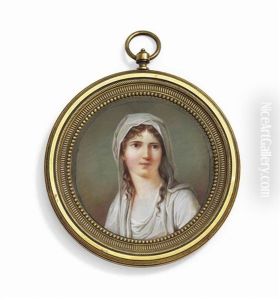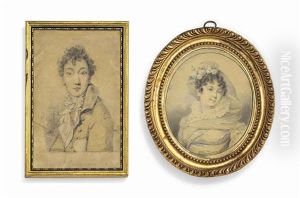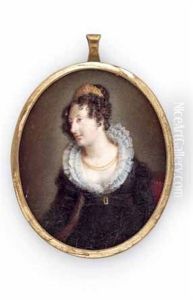Louis Ami Arlaud-Jurine Paintings
Louis Ami Arlaud-Jurine was a Swiss painter born on May 18, 1751, in Geneva, Switzerland. Renowned for his captivating portraits, Arlaud-Jurine emerged as a prominent figure in the Swiss art scene of the late 18th and early 19th centuries. His artistic journey began under the guidance of his father, Jean Arlaud, who was also an accomplished painter, primarily known for his work in miniatures. This familial influence laid the foundation for Arlaud-Jurine's eventual specialization in portraiture, although he would later expand his repertoire to include larger formats and oil paintings.
Throughout his career, Arlaud-Jurine's mastery in capturing the essence and character of his subjects won him numerous commissions from the elite and influential figures of his time. His style, characterized by meticulous attention to detail and a delicate handling of light and shadow, reflects the influence of French Rococo and the emerging Neoclassical trends. In the late 1770s, Arlaud-Jurine embarked on a significant journey to France, where he further honed his skills and absorbed the artistic atmosphere of the period, studying under notable masters and exposing himself to the works of contemporaries and predecessors alike.
Upon his return to Geneva, Arlaud-Jurine's reputation as a portraitist continued to grow. He became a central figure in the city's cultural life, contributing to the development of local art societies and participating in the intellectual circles of the time. His portraits, often commissioned by Geneva's wealthy bourgeoisie and aristocracy, are celebrated for their elegance, realism, and psychological depth. Beyond portraiture, Arlaud-Jurine also engaged in creating historical and allegorical paintings, though these are less well-known today.
Louis Ami Arlaud-Jurine's contributions to Swiss art were significant, helping to bridge the gap between the Rococo sensibilities of the 18th century and the more restrained Neoclassical style that dominated the early 19th century. His works can be found in several Swiss museums, testament to his enduring legacy. He passed away on December 19, 1829, in Geneva, leaving behind a body of work that continues to be appreciated for its technical skill and emotional depth.
